Cigar Review: Curivari Buenaventura Pralines P554
7 Dec 2016
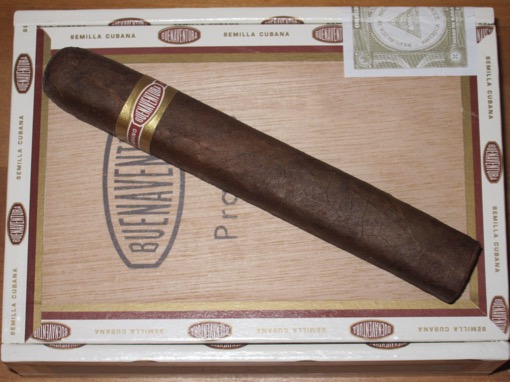
More than once I’ve praised the Buenaventura line by Curivari as not only an excellent smoke, but an excellent value (the cigars retail for around $5 each). Over the past couple years, Curivari has begun adding extensions to the line, starting with the Pralines blend in 2015. (Since then, a Connecticut-wrapped Cremas extension and a mixed-filler Picadura version have debuted, too.)
An aside: Curivari has adopted one of my favorite practices when it comes to packaging by selling cigars exclusively in ten-count boxes. This is, as far as I’m concerned, a very consumer-friendly decision, and one that makes the commitment (both financially and simply as a matter of confidence that you’ll enjoy it) much easier in which to enter. I wish more companies would adopt the practice.
The Pralines line extension takes the all-Nicaraguan blend of the original Buenaventura line and adds a Mexican wrapper. I smoked three of the P554 size (a pressed 5.75-inch, 54-ring gauge robusto) for this review, though the blend also comes in Toro (6.75 x 52) and Gordo (4.9 x 60) formats.
Visually, it’s a classic, attractive cigar with a relatively vein-free, toothy, medium-brown wrapper and a not-too-sharp box press. Unless you find the classic, albeit simple, band cheap (I don’t), there is nothing about this cigar that gives away its value-oriented price.
Once lit, you’re greeted by dry wood with light spice, bread, roast coffee, and graphite notes. As the cigar develops, the spice becomes a more pronounced red pepper flavor mingled with gingerbread, plus the slightest hint of sourness.
It’s firmly medium-bodied throughout, though there are some notable variations in flavor from start to finish. Construction is excellent with a deliberate but not overly firm draw, mostly even burn, and solid salt and pepper ash.
While not quite as flavorful or perfectly balanced as the original Buenaventura blend, there is still a lot to like about this cigar, including its sub-$6 price tag. That earns the Curivari Buenaventura Pralines P554 a rating of three and a half stogies out of five.

[To read more StogieGuys.com cigar reviews, please click here.]
–Patrick S
photo credits: Stogie Guys

 Like many of General Cigar’s new releases, the Cohiba Macassar comes with a story about its tobacco. In this case, they’re all proprietary and spent some time aging in rum barrels.
Like many of General Cigar’s new releases, the Cohiba Macassar comes with a story about its tobacco. In this case, they’re all proprietary and spent some time aging in rum barrels. Serie V has been on the market for a long time. Like many of you, I suspect, the blend was a staple in my rotation years ago, only to be slowly displaced by a constant barrage of newer, trendier smokes. There’s nothing like catching up with a long-lost friend, though, so I decided to re-review a cigar I last wrote about way back in
Serie V has been on the market for a long time. Like many of you, I suspect, the blend was a staple in my rotation years ago, only to be slowly displaced by a constant barrage of newer, trendier smokes. There’s nothing like catching up with a long-lost friend, though, so I decided to re-review a cigar I last wrote about way back in 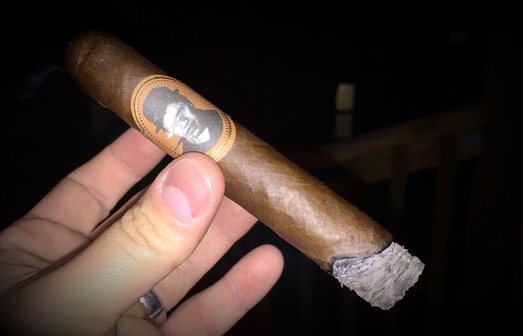
 The following year, in 2015, in an effort to reach segments of the market that don’t typically seek Dominican smokes, Caldwell introduced Blind Man’s Bluff. The line is crafted at Agroindustrias Laepe S.A. in DanlÃ, Honduras—best known as the factory that produces Camacho—using a “their kitchen, our chef†approach. Caldwell says the intention was to make a “Caldwell-eqsue†cigar from tobaccos to which he didn’t previously have access.
The following year, in 2015, in an effort to reach segments of the market that don’t typically seek Dominican smokes, Caldwell introduced Blind Man’s Bluff. The line is crafted at Agroindustrias Laepe S.A. in DanlÃ, Honduras—best known as the factory that produces Camacho—using a “their kitchen, our chef†approach. Caldwell says the intention was to make a “Caldwell-eqsue†cigar from tobaccos to which he didn’t previously have access.
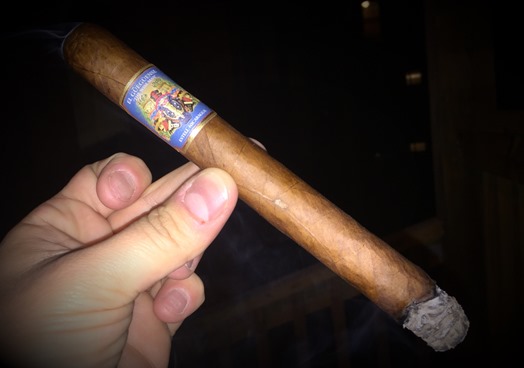
 You’ll recall Melillo, who formerly served as executive vice president of international operations at Drew Estate, announced the formation of the Foundation Cigar Company shortly before the 2015 convention. At the time, all we knew was his first solo outfit would be headquartered in Connecticut, and the first blend would be made at the TABSA (Tobaccos Valle de Jalapa) factory in Nicaragua, using Aganorsa tobacco.
You’ll recall Melillo, who formerly served as executive vice president of international operations at Drew Estate, announced the formation of the Foundation Cigar Company shortly before the 2015 convention. At the time, all we knew was his first solo outfit would be headquartered in Connecticut, and the first blend would be made at the TABSA (Tobaccos Valle de Jalapa) factory in Nicaragua, using Aganorsa tobacco.
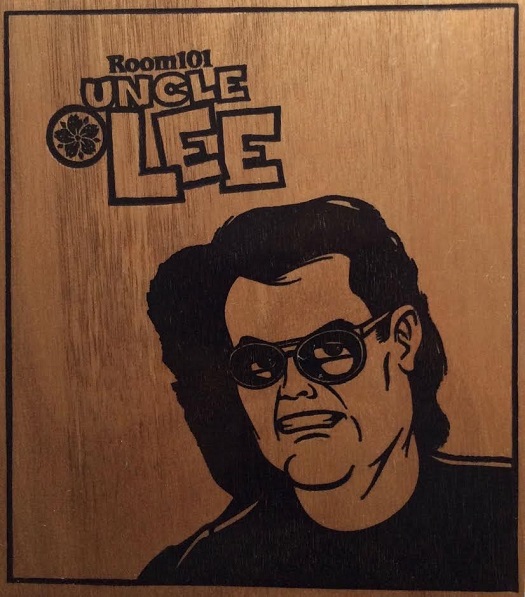
 To say Matt Booth’s Uncle Lee cigar had an inauspicious start last year might be an understatement. The original plan called for the smokes to be issued as a limited edition in packaging that resembled a cereal box with a prize inside.
To say Matt Booth’s Uncle Lee cigar had an inauspicious start last year might be an understatement. The original plan called for the smokes to be issued as a limited edition in packaging that resembled a cereal box with a prize inside.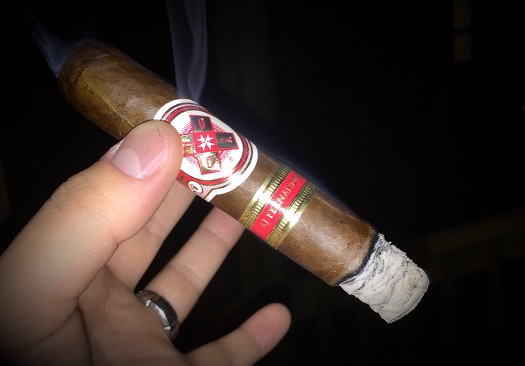
 Last year, Altadis tapped Pete Johnson of Tatuaje to help craft Henry Clay Tattoo, a limited run of 2,500 boxes that quickly sold out. This year, General chose to partner with A.J. Fernandez well-known for his operations in Nicaragua, to develop a four-vitola line called La Amistad.
Last year, Altadis tapped Pete Johnson of Tatuaje to help craft Henry Clay Tattoo, a limited run of 2,500 boxes that quickly sold out. This year, General chose to partner with A.J. Fernandez well-known for his operations in Nicaragua, to develop a four-vitola line called La Amistad. Patrick Ashby
Co-Founder & Editor in Chief
Patrick Ashby
Co-Founder & Editor in Chief Patrick Semmens
Co-Founder & Publisher
Patrick Semmens
Co-Founder & Publisher George Edmonson
Tampa Bureau Chief
George Edmonson
Tampa Bureau Chief